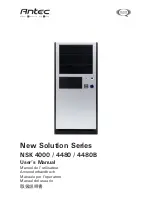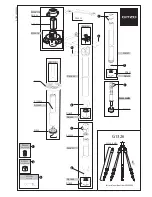
HCT User Guide
page 2
Copyright © HutchColor, LLC
User_Guide_43.docx 2/10/19
C O N T E N T S
Introducing the HCT
™
4
Benefits and limitations
4
Media and formats
4
Differences from IT8.7/1 and 2 scanner targets
5
Requirements
6
Dye fading and measurement accuracy
6
Manufacturing date vs. measuring date
6
Compatible software
7
Trial software
7
Scanner profiling
8
Scanning or capturing the target
8
Qualifying the target scan
8
CCD scanner evenness
8
Scanner flare
8
Clean-up in Photoshop
9
White reference for reflective scanning
9
Orientation and cropping
10
Extended-range profiles
11
Extending shadow detail
11
Extending highlight detail
13
Lightening 'dark' 35mm profiles
13
Auto-lightening profiles
14
Pseudo-chrome profiles
15
The Kodachrome
®
difference
15
Requirements
15
Preparation
15
Correcting gray balance
16
Correcting individual color hues
17
Modifying the HCT scan
17
Saving the modified HCT scan
19
Making the “pseudo-chrome” profile
19
Testing the new profile
20
Camera profiling
21
Defining goals
21
Copy work (scanner on a tripod)
21
Film-type profiling
21
Camera profiling issues
21
Benefits of the HCT in camera profiling
22
Eliminating reflections
22
Cross-polarizing
23
Lighting evenness
23
Initial camera setup
24
Camera exposure
24
White (or gray) balance
24
Camera profiling curve
24
Contrast or ‘f-stop’ range
25
Bit depth and file format
25
Profiling via Photoshop’s RAW workflow
25



































